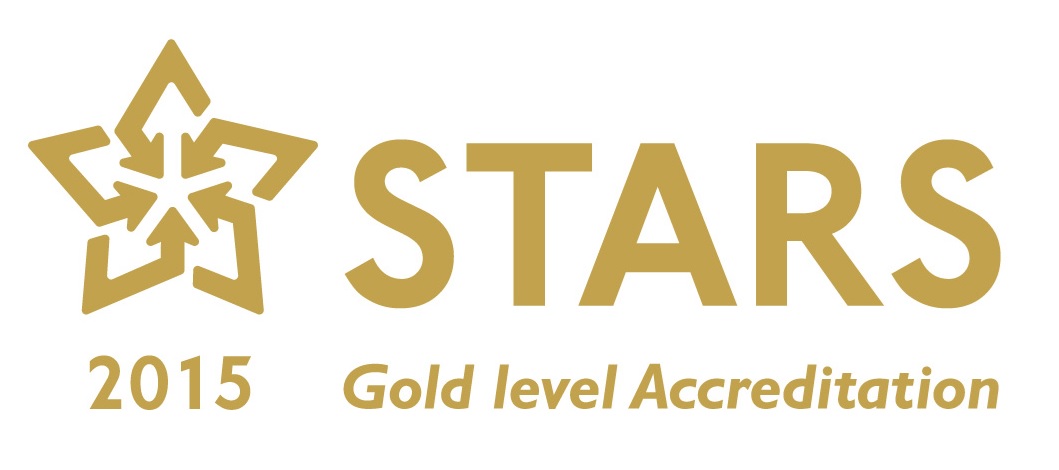{SECTION_MENU}
Wellbeing
What is wellbeing?
A simple definition of wellbeing is ‘the state of being comfortable, content, happy, healthy, safe.’
In a bit more detail, wellbeing can be broken down into different categories:
- emotional wellbeing (levels of happiness and confidence, as opposed to depression)
- psychological wellbeing (levels of resilience, concentration, independence, ability to problem solve, as opposed to poor attention, fear of failure/challenge, inability to make decisions)
- social wellbeing (forming positive relationships with others, listening, respecting differing views, as opposed to conduct disorder, violent or bullying behaviour)
- spiritual wellbeing (a sense of contentedness stemming from an ability to experience meaning and purpose in life, through connections to others, nature, art, music, literature, beliefs and value systems).
More very helpful information is available at Mentally Healthy Schools
Why is wellbeing so important to us?
The wellbeing of everyone in our community (children, families and staff) is at the heart of what we do.It is estimated that at least 1 in 9 children in schools has a diagnosable mental health/emotional need, and that overall levels of stress and anxiety are on the rise. We take very seriously our responsibility to redress the balance in our school, to ensure that wellbeing and mental health are a priority for our attention and effort, not just academic success.
Wise-Up: Prioritising Wellbeing in Schools
We know, as educators, that developing emotional resilience, stability and happiness enhances children’s academic attainment and impacts positively on their behaviour in school and ability to form positive relationships, with both adults and peers. Put simply, where a child’s wellbeing is low, they will find learning very hard.
We also know that families and staff who develop their own wellbeing are better able to support our children if they put self-care first.
What do we do to achieve wellbeing for everyone at our school?
We have devised a wellbeing strategy to develop the wellbeing of our children, families and staff. You can read it here.
As part of this strategy, we will be working closely with Haringey’s Anchor Project, which aims to build our capacity to meet the emotional needs of your children, through offering guidance and support to create a bespoke whole school approach to wellbeing. Much like Maslow’s hierarchy of needs, the Anchor Project uses the ‘resilience wheel’ as a tool for identifying wellbeing strengths and difficulties and developing provision accordingly.
See Haringey’s website for more info: Haringey Anchor Project
Our Deputy Head is also currently part of a working party with Young Minds, developing a toolkit for supporting staff wellbeing in schools. Again – watch this space for the completed work!
See Young Minds for more guidance: Young Minds School Staff Wellbeing
How do we know how our pupils and staff feel?
We conduct wellbeing surveys for both pupils and staff every year so that everyone in our community has a chance to express their views and highlight (anonymously) where they feel they need more support. Therefore we know which areas of well-being are strong in our school, which areas need further thought/attention, and how these areas change year on year. We are always listening and welcome everyone’s suggestions. We encourage children and staff to talk openly about their mental health and wellbeing – just having someone there who listens kindly increases your wellbeing.


 Tel: 020 8888 8261
Tel: 020 8888 8261 office@belmontjnr.haringey.sch.uk
office@belmontjnr.haringey.sch.uk






